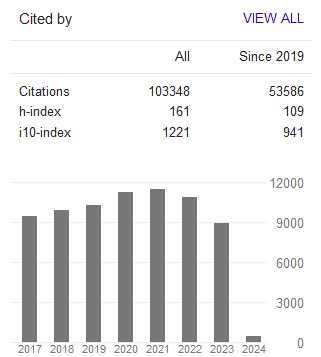Monetary Policy Transmission Mechanism in Fiji: An Empirical Analysis of the Quarterly Model
- T.K. Jayaraman
- Chee-Keong Choong
Abstract
Fiji’s central bank, the Reserve Bank of Fiji (RBF) since its inception in 1983, has been pursuing monetary policy with the mandated objectives of economic growth with price stability and an adequate level of exchange reserves. In 1988, as part of financial sector reforms, RBF discontinued the use of direct instruments and switched on to employment of indirect instruments for influencing interest rates. For the past two decades, RBF has been conducting regular open market type operations in its own paper, known as RBF Notes for liquidity management. The yield to maturity of its 91-day RBF Notes determined through tender system, known as policy indicator rate (PIR) signals the monetary policy stance of RBF. This paper undertakes an empirical study of transmission mechanism of monetary policy over a 17–year period (1990Q1-2006Q4). Using variance decomposition and impulse response analysis, we find that money channel is the most important one amongst the four channels of transmission mechanism investigated.- Full Text:
 PDF
PDF
- DOI:10.5539/ijbm.v3n11p11
Journal Metrics
Google-based Impact Factor (2023): 0.86
h-index(2023): 152
i10-index(2023): 1168

Index
- Academic Journals Database
- AIDEA list (Italian Academy of Business Administration)
- ANVUR (Italian National Agency for the Evaluation of Universities and Research Institutes)
- Berkeley Library
- CNKI Scholar
- COPAC
- EBSCOhost
- Electronic Journals Library
- Elektronische Zeitschriftenbibliothek (EZB)
- EuroPub Database
- Excellence in Research for Australia (ERA)
- Genamics JournalSeek
- GETIT@YALE (Yale University Library)
- IBZ Online
- JournalTOCs
- Library and Archives Canada
- LOCKSS
- MIAR
- National Library of Australia
- Norwegian Centre for Research Data (NSD)
- PKP Open Archives Harvester
- Publons
- Qualis/CAPES
- RePEc
- ROAD
- Scilit
- SHERPA/RoMEO
- Standard Periodical Directory
- Universe Digital Library
- UoS Library
- WorldCat
- ZBW-German National Library of Economics
Contact
- Stephen LeeEditorial Assistant
- ijbm@ccsenet.org
